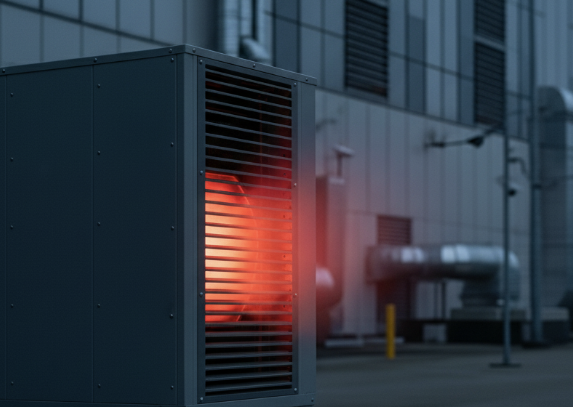
Wasted Power: Will Regulation Shape the Future of Data Center Design?
The International Energy Agency (IEA) projects that global electricity consumption by data centers will more than double by 2030, reaching approximately 945 terawatt-hours (TWh), roughly equivalent to the current annual electricity use of Japan.
The real kicker is that almost 100% of that input ends up as waste heat, simply warming the air around the facility. This excess heat could be repurposed for food production, industrial processes, and district heating networks to warm homes and buildings. Most of this heat goes unused because capturing and reusing it is no trivial pursuit. While a variety of technology and infrastructure solutions exist, adoption has been limited since there have not yet been strong enough incentives or regulations.
There’s a constant push and pull for governments to implement tougher regulations. They want the economic benefits that come with attracting data centers, but they’re also under increasing pressure to meet tough energy targets and make their limited energy supply stretch further than ever before. Tighter rules for the sector could unlock significant energy savings, yet risk making those same investments harder to win.
In this series, we’ll take a closer look at how different countries govern energy use and, in particular, what they require when it comes to waste heat. Our focus will be on the four biggest data center markets:
- The US, with a closer look at Virginia, Texas, and California
- The EU, focusing on Germany, home to the second-most data centers globally
- The UK
- China
Together, these regions show the full spectrum of how governments are handling the data center energy challenge. Germany is already mandating waste heat reuse. The US remains fragmented, relying more on incentives than rules. The UK has clear net-zero commitments and new heat network legislation that could soon require reuse. China is scaling rapidly, enforcing strict efficiency standards and offering incentives, but still lacks a binding heat reuse mandate.
While Data center energy regulations vary widely between countries, when the evidence is collated, across the board, it seems tougher regulations are on the way. Data center developers should plan for these mandates now if they want to continue riding the wave of the data center boom, rather than risk being dragged under by incoming regulations.




